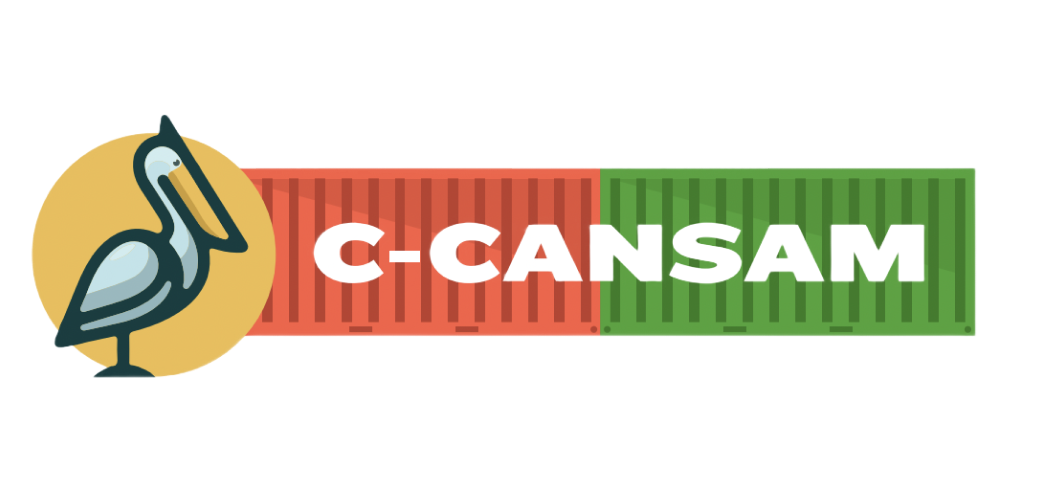When it comes to sustainable building and smart space solutions, the term “seacan” has emerged as a symbol of innovation, durability, and eco-conscious design. But what exactly is a seacan — and why are architects, builders, and eco-entrepreneurs across Canada turning to them for housing, offices, and urban farms?
At the heart of this movement are one-tripper seacans — high-quality shipping containers that have completed just a single international journey before being retired from active service. These aren’t worn-out cargo boxes; they’re robust, weather-resistant, and ready for a second life.
What Makes a Seacan a One-Tripper?
A one-tripper seacan is manufactured overseas, used to transport goods across the ocean in a single shipment, and then decommissioned — often because returning it empty isn’t cost-effective. This means it’s been exposed to only minimal wear and tear, making it structurally sound and ideal for repurposing.
Unlike older, multi-use containers that may have endured years at sea, one-tripper seacans retain their original strength, corrosion resistance, and integrity. Built from high-grade corten steel, they’re engineered to survive harsh marine environments — a feature that translates perfectly into long-lasting, secure, and sustainable buildings.
Why Choose a Seacan for Your Next Project?
Repurposing a seacan isn’t just practical — it’s a powerful step toward a circular economy. Every year, thousands of shipping containers are taken out of service. Instead of being scrapped or left to rust, one-tripper seacans are being transformed into eco-friendly spaces that reduce waste, cut carbon emissions, and minimize the need for new construction materials.
By reusing a seacan, you’re:
- Preventing steel from ending up in landfills
- Reducing demand for energy-intensive new builds
- Supporting sustainable development in Canada and beyond
Endless Possibilities: How Seacans Are Being Repurposed
The modular, standardized design of seacans makes them incredibly versatile. Whether you’re a contractor, homeowner, or entrepreneur, a one-tripper seacan can be customized into:
Tiny Homes & Affordable Housing
The real magic of one-trippers lies in their adaptability. These containers can be transformed into a wide range of functional spaces, from cozy tinyFrom remote worker accommodations to permanent low-income housing, seacans provide a fast, durable, and affordable foundation. With proper insulation and design, they can be turned into cozy, energy-efficient homes — some even powered by solar panels and rainwater systems. homes to dynamic pop-up shops. Their standardized dimensions make them the perfect canvas for creative minds to envision and bring their ideas to life.
Pop-Up Offices & Site Workspaces
Need a temporary office on a construction site? A seacan office can be delivered, set up, and fully equipped in days — no foundation needed. Municipalities and developers are using them as admin hubs, washroom units, and mobile clinics.
Urban Farms & Green Spaces
Yes — you can grow food in a seacan! Across Toronto, Vancouver, and Montreal, vertical farms in repurposed seacans are producing fresh greens year-round using hydroponics and LED lighting. During summer, they support community gardens and local food initiatives.
Off-Grid Solar Stations
For remote projects, seacans are being converted into solar-powered workstations with battery storage, energy-efficient lighting, and charging ports — offering clean, reliable power without diesel generators.
Tips for Maximizing Your Seacan’s Sustainability
To get the most out of your seacan project:
- Insulate properly with spray foam, rigid board, or wool to regulate temperature
- Add reflective roofing or green roofs to reduce heat absorption
- Use non-toxic paints and sealants to prevent off-gassing
- Choose certified one-trippers with no structural damage or floor rot
- Perform regular maintenance to extend lifespan and safety
The Future Is in Seacan
The story of the seacan is one of transformation — from a simple shipping box to a cornerstone of eco-friendly construction in Canada. Whether you’re building a backyard studio, a community space, or a scalable housing solution, a one-tripper seacan offers strength, sustainability, and limitless potential.
As summer construction kicks into gear, there’s no better time to explore how a repurposed seacan can help you build smarter, faster, and greener.

